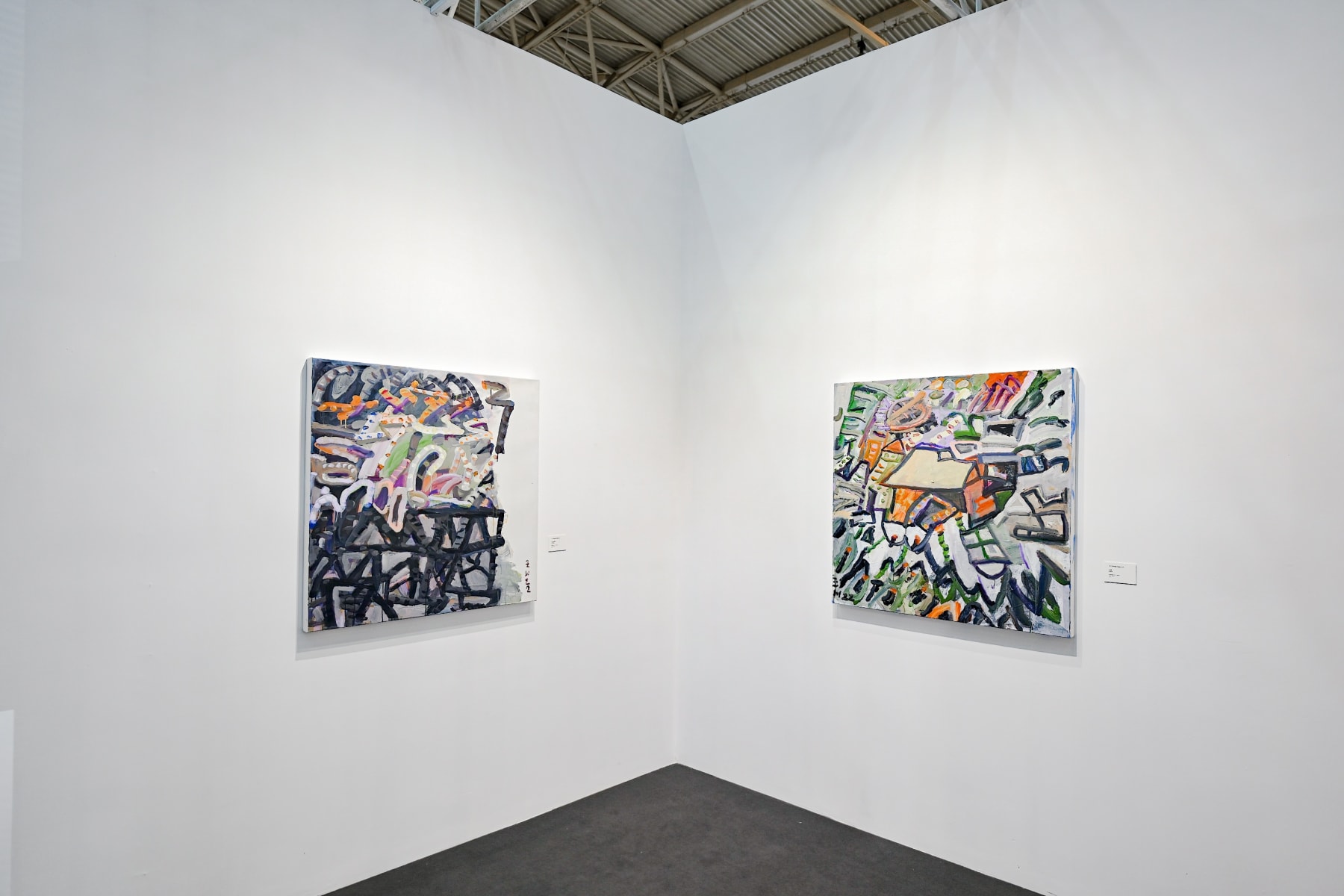Beijing Contemporary Art Expo 2023: REUNION
Knowledge serves as a nutrient for painting, flashing before us spontaneously, or acting as a suitable background that can incite the imagination of the artist. Whether it's a story or a word: eventually they all take on this role of incentive. Within his bulky, diversified knowledge system, Zhai Liang takes a hopping approach to his selection of themes. Based on a previous painting he then further infers how a new piece should be done, which results in a visual logic. Hence, every work is brimming with freshness and life, reflecting the clumsiness and modesty of the artist with respect to any new painting. As for the works among themselves, some are large and some are small, but all of them share a similar orientation of interest. By means of gradual, substantial and personal experience of the artist himself, his paintings contribute to the forging of an unbridled visual system.
Zheng Yunhan
Zheng Yunhan has created an intermediate space that connects the past and the present, making the invisible or disappeared past becoming visible and perceptible again. Starting from individual experiences which trigger common memories in people's hearts, forming links and resonance. The finished image is cropped according to the contour and embedded in cement, and the collectivity behind the realism means is also sealed into the wall. As his painting creation goes on, the images in the cement gradually blurred from visible to visible, and finally disappeared completely. As long as we delve deeper in iconography, we can identify various origins behind Zheng Yunhan's illustrations, which are organically integrated into the current theme, achieving a unique expression of this moment, this place, and this matter.













